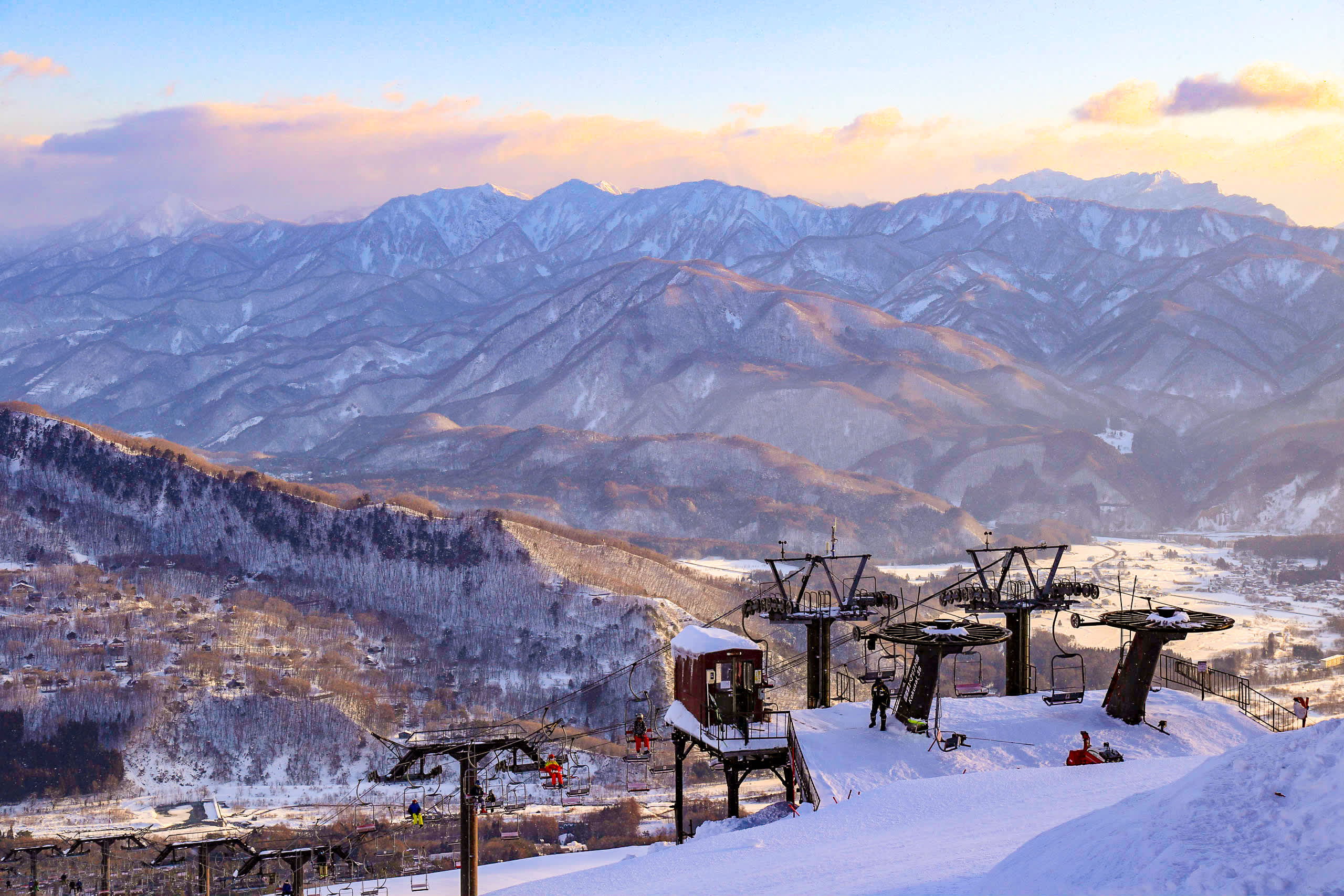
Since hosting the 1998 Nagano Winter Olympics, Hakuba Valley in Nagano prefecture has been a hot ski destination for international travellers, with 10 resorts dotted at the base of the Ushiro Tateyama Mountain Range, also known as the Northern Japan Alps. Sarah Mulholland from Japan Ski Experience tells us why its powder snow is only the tip of the iceberg into what makes Hakuba Valley really special.
Set in the heart of Nagano’s spectacular Japan Alps mountain range and located just three hours from Tokyo, the Hakuba Valley has firmly marked its place on the map as a renowned international ski destination. As one of Japan’s most popular and largest ski resorts, Hakuba has welcomed growing numbers of skiers and snowboarders from all over the world in recent years.
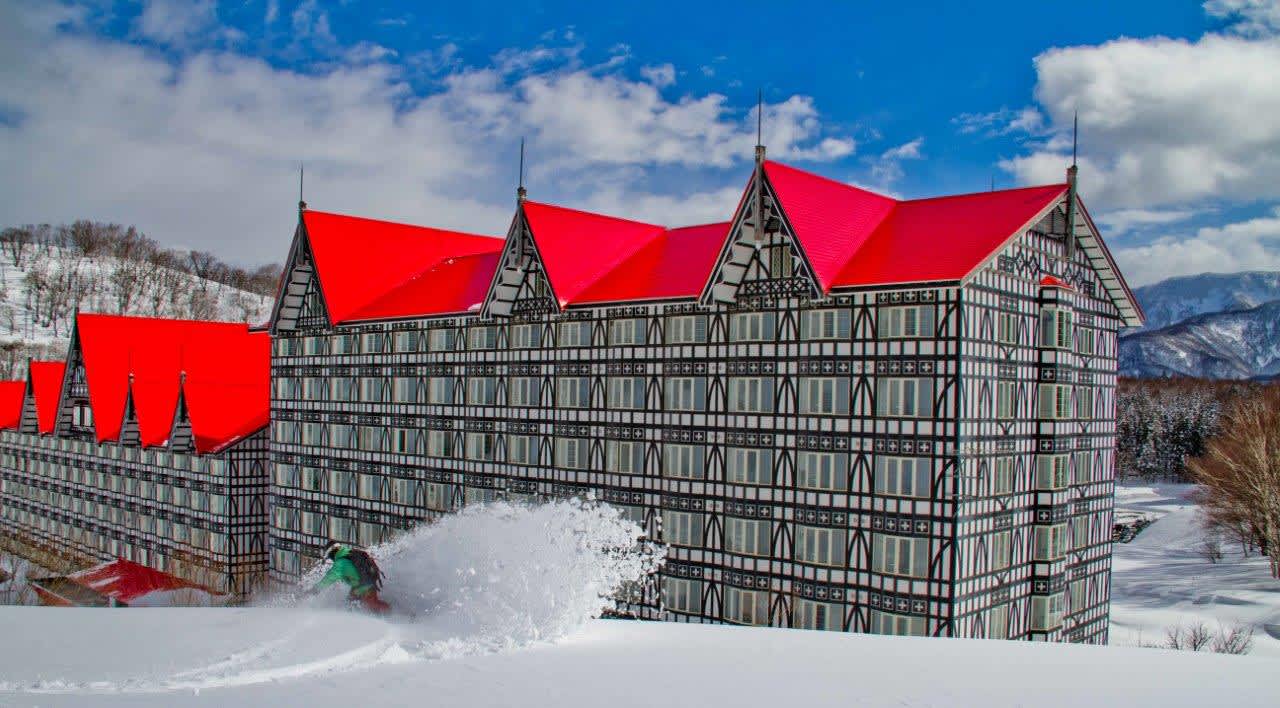
Hakuba is very English language and visitor friendly, making it an attractive option for international travellers, who want to experience both Japan’s famous deep powder snow and incredible culture. The area has seen lots of exciting development and investment in recent years, with dozens of new accommodations and other amenities. However, the village has still retained plenty of rustic and traditional charm, providing appeal to snow enthusiasts looking for a rich Japanese cultural experience.
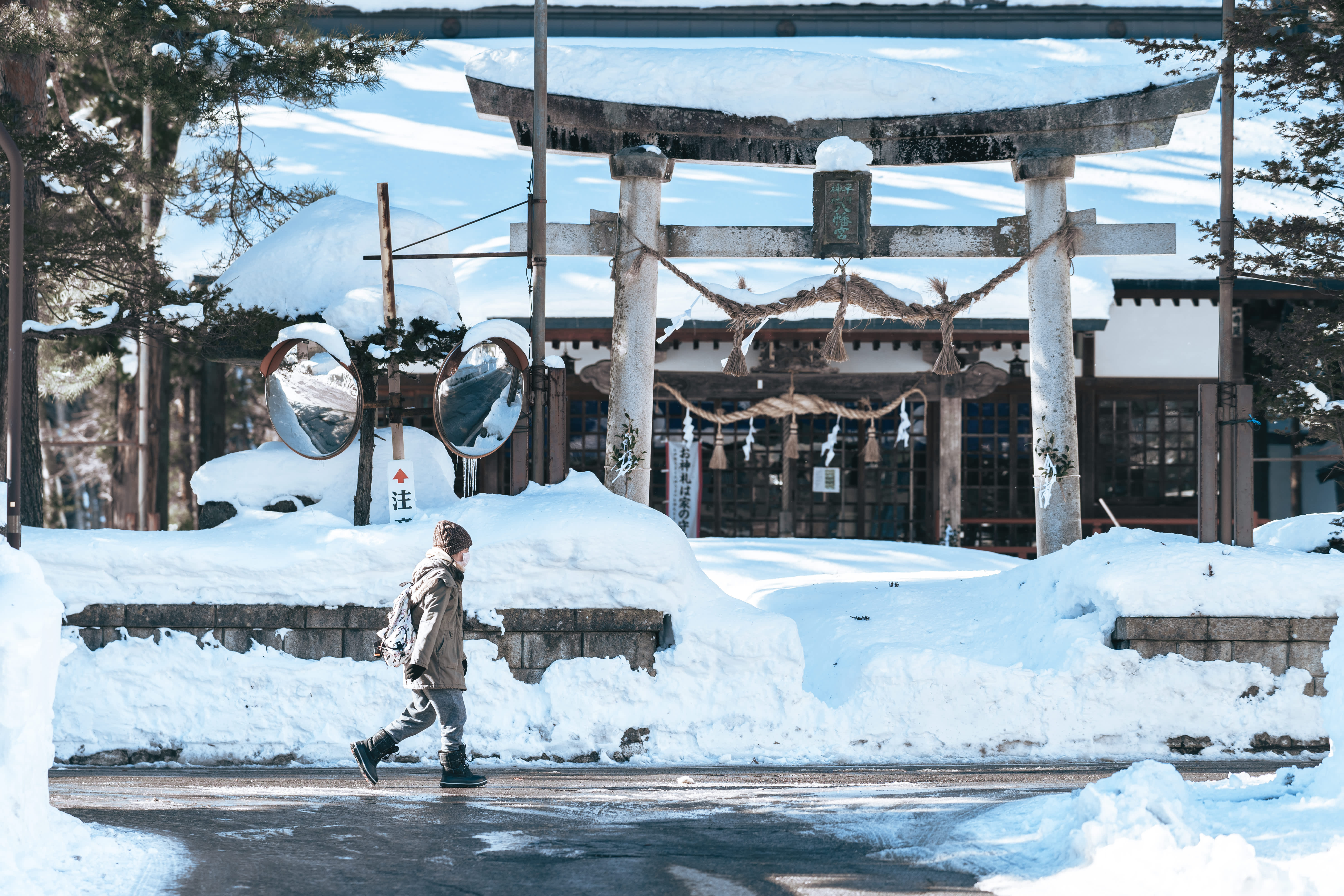
Easily accessible from Tokyo, the Hakuba Valley is a year round alpine destination with huge allure for both local Japanese and international visitors alike. Famous for hosting various events during the 1998 Nagano Winter Olympics and more recently featured as one of the competition stops for the Freeride World Tour, Hakuba has some impressive and varied terrain, just waiting to be explored. The valley is made up of 10 ski resorts, where you’ll find everything from Japan’s largest beginner slope area at Tsugaike Mountain resort and some of the steepest and deepest tree skiing at Cortina ski resort, to Olympic downhill runs at Happo-One ski resort and spectacular 360 degree alpine views of the Japanese Alps at Iwatake Mountain resort. With so many ski resorts to choose from, Hakuba offers something for every level of skier and snowboarder, from complete beginner to backcountry expert. To top it off, waking up to waist-deep snow is not uncommon!

What makes the Hakuba Valley perhaps even more special however are the unique cultural experiences travellers can easily take advantage of while visiting the Nagano region, which is steeped in rich tradition and history. Starting in the resort itself, visitors can enjoy relaxing in Hakuba’s numerous onsen hot-springs. At the end of a big day on the slopes, there is no better way to unwind, refresh and rejuvenate aching muscles. Bathing in an onsen hot-spring is a huge part of Japan’s traditional culture and a quintessential Japanese après-ski activity. The water itself is natural, geothermal and packed full of minerals which provide amazing health benefits and restorative properties. Many of Hakuba’s hotels and traditional ryokans have their own onsen facilities for guests to enjoy. There is also a superb collection of public onsen hot-springs scattered across the Hakuba Valley to discover and enjoy. Top highlights include Happo Onsen located in the central village area, the beautiful in-house onsen facilities at the Mominoki and Sierra Resort hotels, and also local’s traditional favourite, Mimizuku Onsen. In clear weather, head for the outdoor rotenburo at Highland Hotel’s Tenjin-noyu, where the panoramic mountain views are simply unbeatable.

Hakuba’s incredible selection of traditional restaurants is another cultural highlight for visitors to the area. Nagano prefecture is famous for buckwheat soba noodles and sampling ‘Shinshu soba’ should be top of any visitor’s foodie list. From the traditional methods of how the noodles are made, to the beautiful presentation and accompaniments, soba noodles are a firm favourite across Japan. Hot soba (known as Kake Soba), is typically served in a delicious broth and very popular during the snowy winter months. Meanwhile, cold soba (Zaru Soba), typically served with mouth-watering fresh tempura, is a must try too. Although Nagano is a land-locked prefecture, Hakuba is less than one hour from the Japan Sea and Hakuba’s sushi restaurants receive daily deliveries of the freshest produce. For seafood lovers, the Hakuba Valley is both skiing and sushi heaven in equal measure. From bustling traditional izakayas and hot steaming ramen shops, to wagyu beef speciality restaurants and comforting teishoku style home-cooking, Hakuba is a true foodie paradise where you can discover an abundance of traditional Japanese cuisines and dishes.

Beyond the Hakuba Valley itself, visitors can delve deep into the surrounding Nagano region and discover some true cultural gems. With numerous easy reach day trip options, Hakuba is the ideal base from which to explore and enjoy the rich history and culture of the region. There is no better place to start than with a trip to see the famous Snow Monkey Onsen park. Jigokudani Yaen Koen is located in the north east of Nagano prefecture, around 2 hours from Hakuba. Home to a unique and now world famous troop of wild Japanese macaques, Jigokudani offers a wildlife experience like no other. These photogenic creatures are absolutely fascinating to observe in their natural habitat. There’s literally nowhere else on earth you can get up close to wild monkeys bathing in hot springs. With day tours available from Hakuba, a day off the slopes to visit these playful and untamed creatures is a must.

Japanese festivals tend to be things of legend and if you happen to be visiting Hakuba in mid-January, don’t miss out on witnessing one of Japan’s most famous fire festivals – the Dosojin Matsuri, or Nozawa Onsen Fire Festival. Taking place annually on 15th January, this eye-opening and exciting spectacle draws huge numbers of locals and international visitors. Offering a glimpse into the heart of Japan’s deep cultural values and historical traditions, this sake fuelled festival is nothing short of wild. As huge snowflakes peacefully flutter down out of the sky, the action culminates in a fierce battle of frenzied fire. Gaze on as torch-bearing villagers attempt to burn down a huge wooden shrine built each year especially for the occasion. All the village men aged 25 ferociously defend the shrine, meanwhile the 42 year old male villagers sit at the top of the structure, chanting and singing. Participation in this coveted event is something of a rite of passage for Nozawa Onsen’s local men and sees the perception of Japanese people as quiet, ordered and reserved somewhat turned on its head for an evening of unpredictable mayhem. This vibrant display of Japanese culture and tradition has to be seen to be believed. Nozawa Onsen is an easy day trip from Hakuba and tour buses are laid on for this special event.

After the chaos of the fire festival, you’d be forgiven for wanting to seek out a somewhat more tranquil and zen cultural experience. Look no further than Nagano city’s Zenkoji Temple. Located less than 1 hour from Hakuba, Zenkoji was built in the 7th century and is one of Japan’s oldest and most important Buddhist temples. Established in 642AD, Zenkoji Temple is said to be home to the very first Buddhist statue ever brought to Japan, giving the temple great historical and cultural significance. Zenkoji is located a pleasant 30 minute stroll from Nagano station and the downtown area. It’s worth taking your time to slowly meander up the photogenic Zenkoji Nakamise Street, which is lined with traditional craft shops, cafes, street food stalls and local shrines. Passing through the impressive temple gates certainly gives a taste of what is to come, before coming face to face with the magnificent Zenkoji itself. The beautiful and traditionally landscaped temple grounds offer the ideal opportunity to immerse yourself in a peaceful zen atmosphere, while snapping photos of the impressive Zenkoji from every angle possible. As most visitors to the Hakuba Valley will pass through Nagano city en-route to the ski slopes, it’s well worth the effort to stop by for a visit on your way to or from Tokyo.
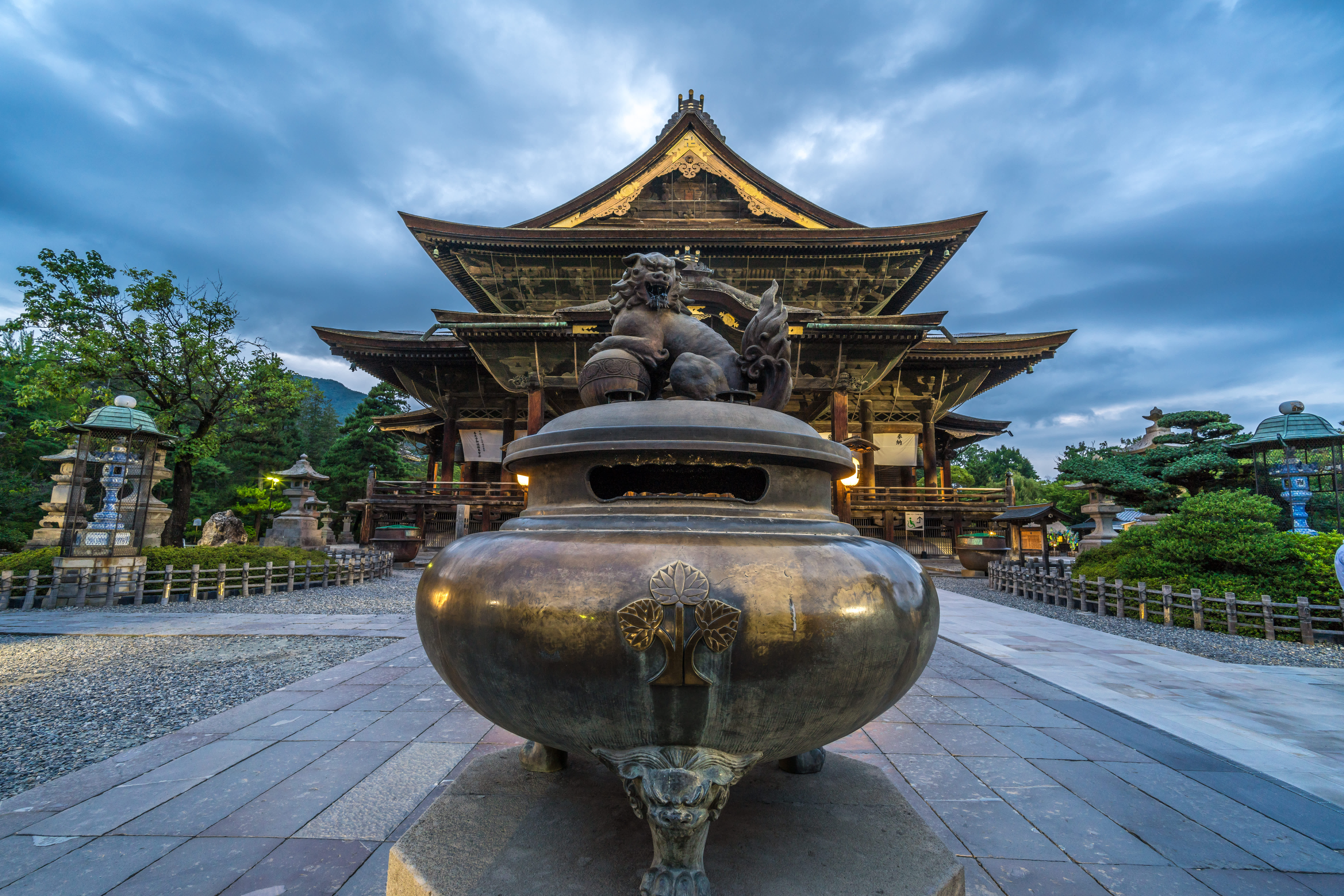
Travelling south of Hakuba, you’ll discover the stunning Azumino valley, lined with the spectacular Japanese Alps mountain range. Quaint villages, dotted with rice fields and onsen hot springs, lead the way to Matsumoto city. The city is home to a very famous landmark – Matsumoto Castle. Dating back to 1592, the majestic black and white structure is one of only five castles in Japan to hold the status of ‘National Treasure’. One of the best preserved and oldest castles in Japan, Matsumoto Castle is also a prime cherry blossom viewing spot during spring. With Hakuba’s ski resorts open until early May, it’s an ideal chance to combine spring skiing and taking in Japan’s famous cherry blossom season. Take the time to stroll around the city streets, where you can enjoy browsing traditional craft shops and sampling street food from local stalls. Another cultural highlight in Matsumoto is the City Museum of Art, which is home to a permanent display by world famous artist Yayoi Kusama, who grew up in the city.
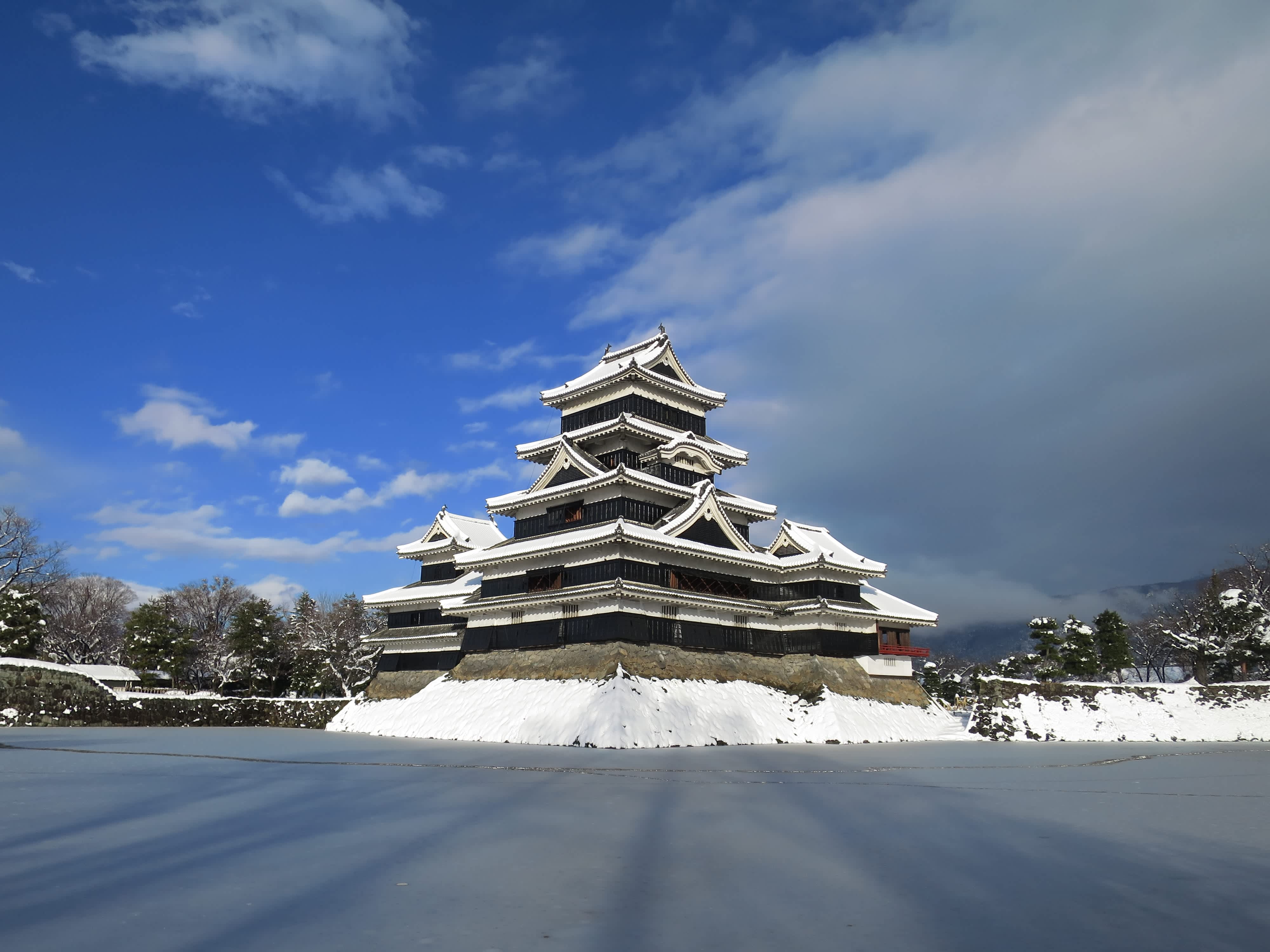
With vast ski terrain, plentiful snow, English friendly infrastructure and fascinating local culture, the Hakuba Valley offers a quintessential Japanese ski travel experience. From day trips to visit the snow monkeys, ancient castles and Buddhist temples to floating through dreamy Japanese powder, discovering the best traditional Japanese cuisine and soaking in onsen hot-springs on a daily basis, the Hakuba Valley and wider Nagano region is a dream destination!

Discover Hakuba with Japan Ski Experience, whose team of Japan ski holiday specialists are here to provide first hand advice about the resort. Sarah Mulholland is the Hakuba Area Manager at Japan Ski Experience and has spent 16 winters in Hakuba watching it evolve into the international ski destination it is today. Browse the extensive Hakuba accommodation on offer and submit an enquiry to find out more.
Winter can't come fast enough? Why not check out our top winter sports hot spots in Japan here?
Or if you're rearing to get ahead with planning that trip to Hakuba with the family, be sure to check out The Galavanting Family's Top 10 Skiiing Tips first!

















































